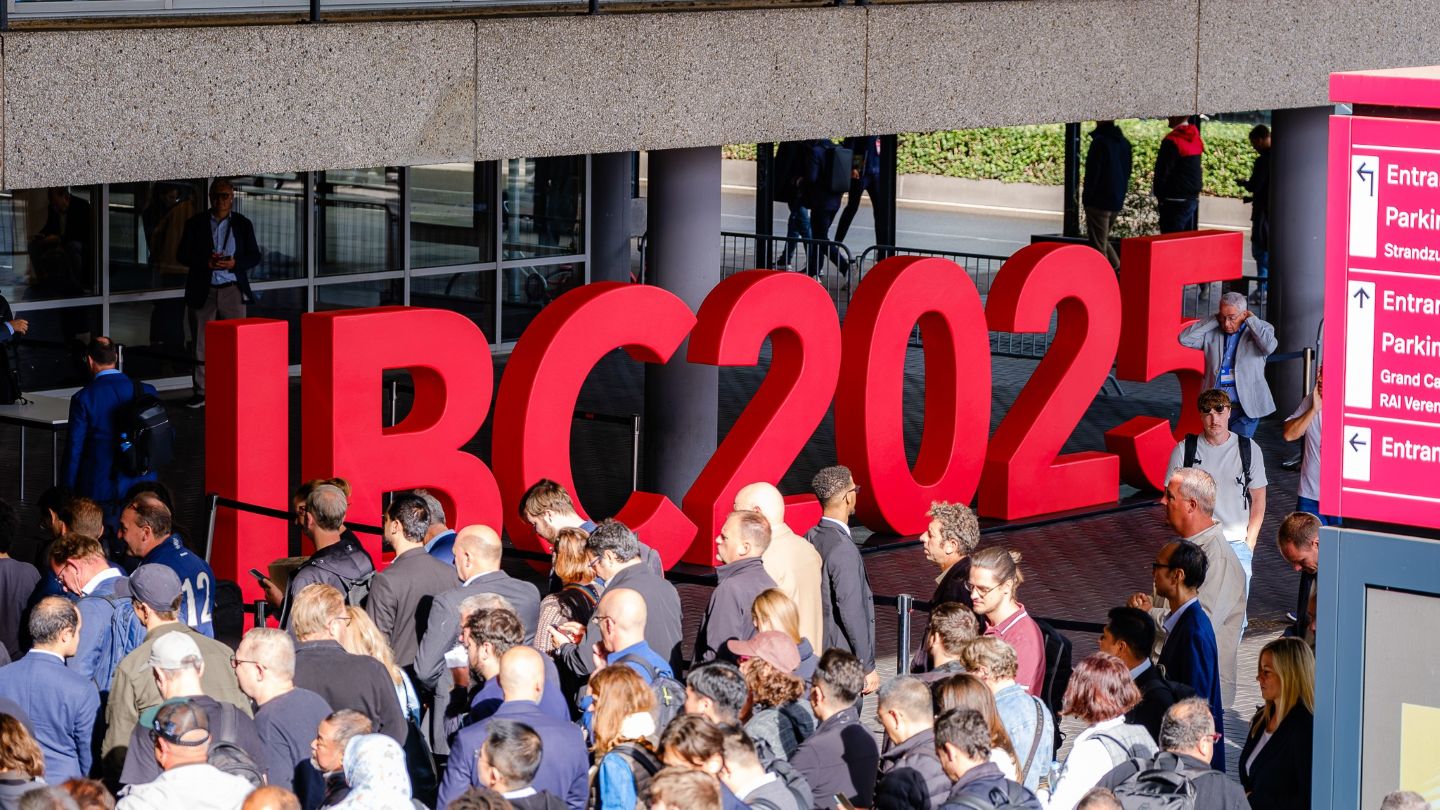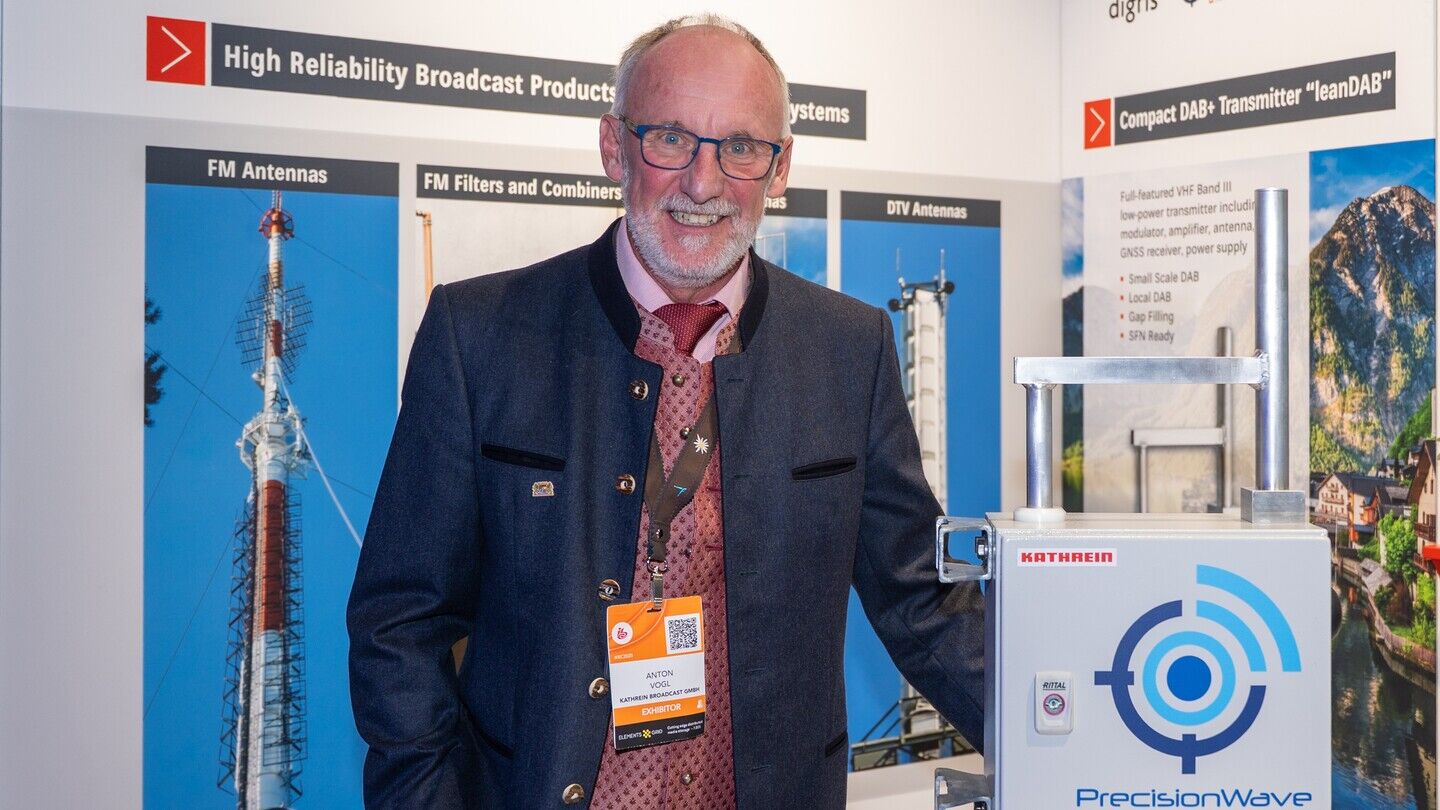Drawing on insights from the IBC2025’s Technical Paper programme, Izzy Benham explores how AI is shaping the future of creative success in the media economy.
AI doesn’t just change how creative work is done – it changes the criteria by which creative value is judged. This piece explores how that shift is redefining success in the media economy, drawing on one of the shortlisted technical papers focused on tool adoption, creative integrity, and competitive edge.
This year’s IBC Conference spans a wide set of themes – from AI and creative workflows to trust, disinformation, and the evolving conditions for long-term differentiation. One shortlisted technical paper offers a particularly sharp lens on how these topics connect: ‘Creative identity in the Age of AI: examining technical and cultural dynamics in post-production workflows’ by Timothy Last, UK Head of Post-Production at Hogarth (WPP) SWR, and Anna Lidster, Post Producer and AI Production Lead at Hogarth (WPP) SWR.
Too often, the industry debate around AI and creativity stops at the process level, framing AI as either an enabler or a threat. This framing helps identify operational conditions for success, but it misses the deeper shift underway. AI is not only reshaping how creative work is made – through efficiency gains, streamlined workflows, and new ideation tools – it is altering the very criteria by which creativity is judged. In that shift, trust and legitimacy become inseparable from creative value and decisive in determining who survives in the new media economy.
Creativity has always been one of the media industry’s most resilient differentiators, withstanding shifts in platforms and audience habits. Audience fragmentation makes this resilience easier to see. While viewing has moved away from traditional public service broadcasters (PSBs) and towards on-demand services, broadcasters still held the top three positions and half of the UK’s 10 most-watched titles in 2024. Gavin & Stacey: The Finale drew 18.6 million viewers, alongside Mr Bates vs The Post Office. Different in style but alike in impact, both created singular, unmissable moments that cut through format divides.
Distinctiveness – the ability to produce something that feels unique and irreplaceable – is widely recognised as a hallmark of creativity. It sits alongside novelty and value as its other cardinal features. Subscription audiences often articulate their preferences in these terms. Ofcom’s 2025 report found that 36% of Netflix subscribers cited “content not available elsewhere” and 35% submitted “something different to broadcast TV” as reasons for subscribing. For Disney+, 34% named exclusivity.
The same pattern shows up in satisfaction scores: Netflix recorded an 80% satisfaction rate, whereas UK PSBs achieved 68%. While PSB engagement was found to be strongly tied to cultural identity and variety, audiences voiced a desire for greater creative risk-taking. The implication: creativity, expressed through distinctiveness and novelty, remains a core driver of competitive advantage.
It’s no surprise, then, that the industry has looked to AI and analytics to enhance creative work. Research shows that creativity and analytics together outperform either in isolation. FOX’s 2025 Super Bowl coverage is a recent example: partnering with Tubi brought an additional 13.6 million viewers and fresh audience insights. This proved that data can amplify creative impact when used in the service of distinctive content.
Yet, process-level optimisation, however effective, won’t guarantee resilience for long. Tool parity arrives quickly. When it does, advantage will shift away from who uses AI best to who can define – and defend – what counts as creativity in a way audiences trust.
That’s where the shortlisted IBC2025 technical paper offers a different view. It argues that “generative AI moves from information-processing to meaning-making,” with humans and machines now sharing the doing of creative work. This blurs boundaries of authorship and skill, forcing creative fields to renegotiate the tacit norms and moral orders – the “social imaginary” – that underpin legitimate creative work.
In this light, creative value is not fixed in the work itself; it emerges through interpretation, shaped by originality, authorship, transparency, and cultural resonance. When an AI-generated photograph won a major art competition in 2024, it was celebrated – until its origins were revealed. The image hadn’t changed, but its perceived legitimacy had.
As production norms shift, so do the terms on which creativity is recognised. Originality and distinctiveness still matter, but in an AI-saturated environment, the process – and the trust it earns – becomes a determining factor in perceived worth.
Broadcasters like ITV already show what this looks like in practice. In its 2025 results, ITV credited growth in digital ad revenue and audience share to “high-quality, trusted content.” This pairing of distinctive creative output with a clear, consistently upheld value framework demonstrates how creativity, when underpinned by legitimacy, can deliver sustainable competitive advantage.
Trust, then, is not just a desirable attribute. It is integral to creativity’s ability to function as a differentiator. In the AI-driven media landscape, legitimacy is a deciding factor in creative success. The organisations most likely to thrive will be those that can articulate their definition of creativity with precision – and defend it, visibly and consistently.
IBC2025 will explore these dynamics in depth. AI, creativity, and trust will be discussed as interconnected forces shaping the next era of media. Delegates will hear from leaders who are not just using AI to work faster or cheaper, but redefining what audiences consider truly creative – and why they trust it.
Other must-see sessions on this topic include: ‘Netflix: Empowering Creativity Through Innovation’ with – Netflix’s Victor Marti and Vancouver Media’s Migue Amoedo on 13 September from 10:00-10:40 in Conference Room 1; ‘MovieLabs: Leading the Vision’ with MovieLabs’ Richard Berger, Disney’s Eddie Drake, Warner Bros. Discovery’s James Crossland, and Sony Pictures’ Yoshikazu Takashima on 13 September from 12:45-13:15 in Conference Room 1; ‘Fighting Disinformation and Disengagement: Staying Relevant in the Digital Age’, led by BBC’s Antonia Kerle, PA Media Group’s Emily Shelley, Ofcom’s Laura Rhea, Euronews’ Maxime Carboni and Al Jazeera’s Raed Fakih on 13 September from 14:15-15:00 in Conference Room 1; and ‘Media 2025: Winners and Losers in the New Content Ecosystem’, a discussion between ProSiebenSat.1’s Thomas Gruber and Fremantle’s Jens Richter taking place on 14 September 2025 from 10:15-11:15 in Conference Room 1.
Secure your IBC2025 Delegate Pass to access these sessions and join the conversation on how AI is reshaping news and trust in journalism, here.
Broadcast AV design brings Blockchain show to life
Tasked with running two simultaneous live broadcasts from the Blockchain Life trade show in Dubai, Oasis Studio looked to create a flexible, redundant production workflow, offering a timely showcase of broadcast AV systems in action.

Poacher turned gamekeeper: Netflix rules, for now
Netflix raids Hollywood to land a giant of old media, but having offered billions over the odds for ageing IP, would a smarter play have involved the creator economy?

Truth in the age of deepfakes: Building trust in the human-machine era
As deepfakes become prevalent throughout the media industry, experts at the BBC, Guardian, and ITN wrestle with the implications of today’s unprecedented levels of disinformation and distrust.

Rory Peck Awards: Truth has never needed its defenders more
This year’s Rory Peck Awards was an affirmation that press freedom is in severe danger, that it has become a vicious fight to sustain that facts matter. George Jarrett reports.

Camerimage: “The time to be afraid of AI was two years ago”
The festival of cinematography remains political with the rise of AI and gender equality bubbling beneath the surface.





